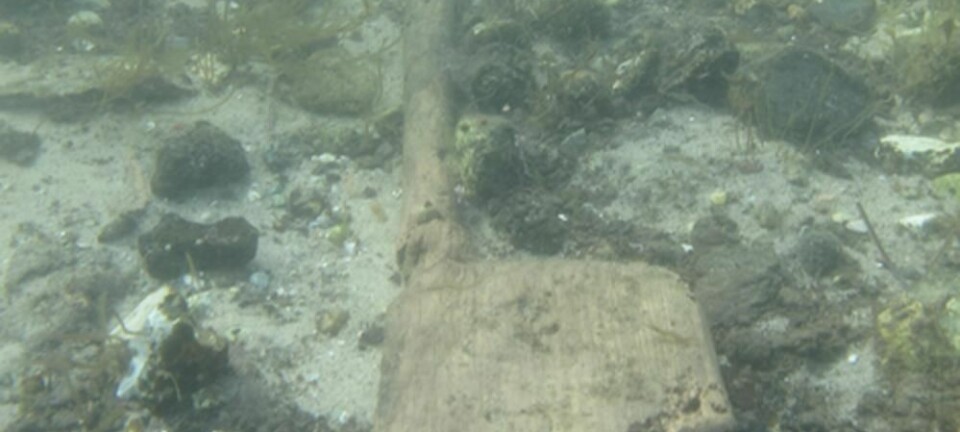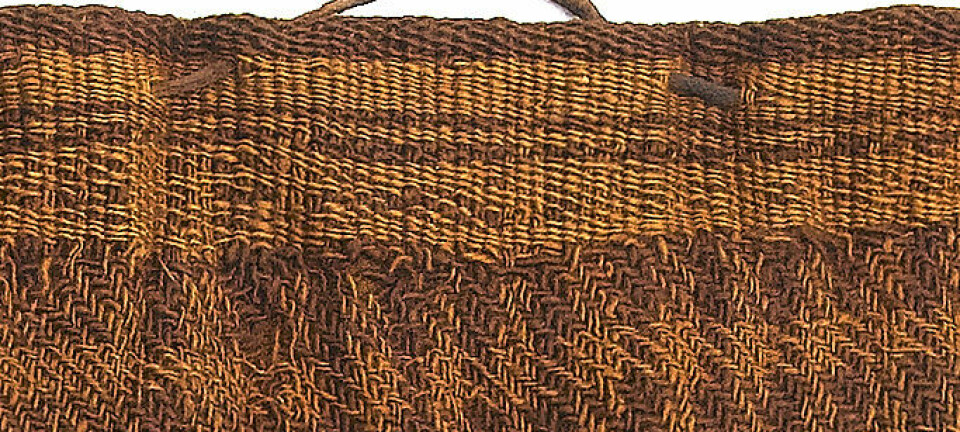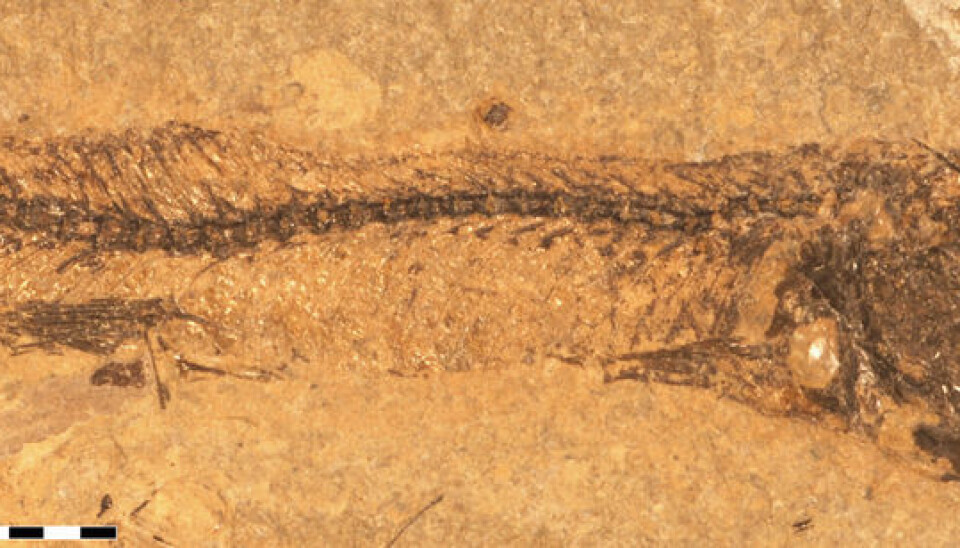
Colour secrets revealed in fossilised fish-eye
A Swedish palaeontologist and Danish researchers have now proved that prehistoric fossils still have traces of colouring from the animal’s skin, hair or feathers.
Imagine you’re walking along a beach and see a strange stone. You pick it up, examine it closely and discover it is a fossilised fish.
As it lies in your hand, the fish is a shadow of itself compared to the magnificence and colourfulness it had when it swam about in the sea millions of years ago.
The shiny scales disappeared and the meat and bones rotted away long ago. But the grey, dead minerals of the stone of the fossilised fish still contain traces of the original, living colour pigments of the fish.
This is the result of new research by Swedish palaeontologist Dr Johan Lindgren of Lund University, who has analysed a fossilised fish-eye, 55 million years old, which he borrowed from Museum Salling at Skive, on the Limfjord in the north of Denmark’s Jutland peninsula.
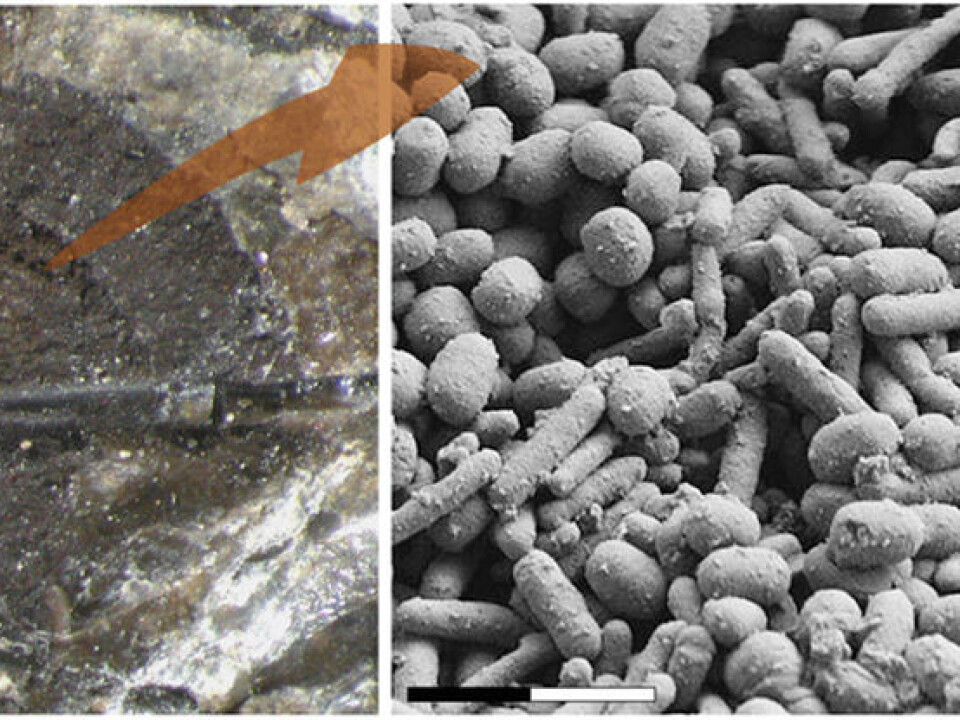
”In the fish-eye, Lindgren has shown that the fossil’s pigment molecules are identical with those of modern fish,” says geologist Bo Pagh Schultz, the museum’s assistant curator. ”He has documented that the actual molecules that made up the colours of the fish-eye 55 million years ago have been preserved.”
Microscope revealed chemical composition
Lindgren achieved his result by studying the fossilised fish-eye with a special microscope that mapped precisely how these bodies’ molecules are structured in relation to one another.
The scans revealed that the bodies contain carbon, oxygen and nitrogen molecules that are interlinked in precisely the same way as the melanin pigments in the skin, hair and eyes of today’s animals.
Fossils can tell us about prehistoric climate
Palaeontologists are delighted to see that the colouring of the fish has been preserved for so many million years. Since the small bodies contain the colours of the fish, the same will be true for other fossils from that age – and by discerning colour pigments in fossils, we can colour prehistoric beings for the first time, and thereby gain a completely new insight into the living conditions of animal life back then.
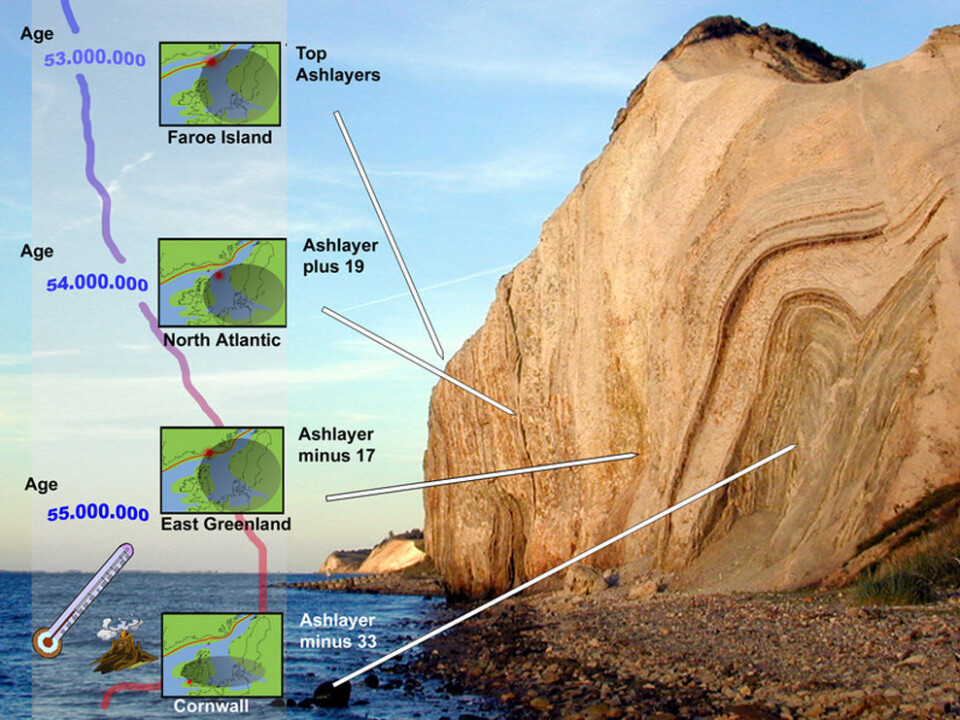
”Until now, we have only assumed that structures in the fossils contained traces of the animals’ rich colouring,” says Schultz. ”But the result of this new study replaces that assumption with facts – so fossils are suddenly worth much, much more in the research that tries to determine the Earth’s geological history.”
Colours adapted to the environment
Through their colouration, the animals have the optimal conditions for surviving in their environments, which were and are primarily dictated by the Earth’s climatic conditions.
In this way, the fossils’ colours give researchers a new and better insight into the changes over time in the Earth’s climate and geological conditions and in the animals’ sexual selection:
- Animals with many bright colours typically live in thick forests, where finding a mate among the many trees can be a challenge, unless the animals draw attention to themselves through their many clear colours.
- Animals living in open landscapes have colours that blend into their surroundings, camouflaging them as protection against predators.
Volcanic eruptions led to colder climate
Until now, we have only assumed that structures in the fossils contained traces of the animals’ rich colouring. But the result of this new study replaces that assumption with facts – so fossils are suddenly worth much, much more in the research that tries to determine the Earth’s geological history.
The fossilised fish was found in the very special moler clay on the Danish island of Fur, which represents a particularly important time in the Earth’s development: global warming then was so strong that the Earth was almost covered by thick rain forests.
Then there were many volcanic eruptions that ejected a lot of sulphur into the atmosphere, which cooled the climate by about 10 degrees Celcius. Evolution then developed species that we find again in today’s temperate regions.
“The enormous climate changes left deep impressions in the moler clay at Fur,” says Schultz. ”The oldest fossils in the moler have colours and forms that indicate a tropical climate, while younger fossils indicate a more temperate climate.”
The little fish-eye will help us see prehistoric times in colour, and Schultz has great expectations of the results of upcoming studies:
”So far, we have identified the colours black, white and red, and we’re working very hard to find other colours,” he says. ”Prehistoric times were most probably just as colourful as today.”
Continuation of Danish study
The well-preserved colour traces were contained in small, characteristic bodies or structures on the surface of the fish-eye – best described as microscopic sausages and meatballs.
Structures like these are well known from really old fossils of fish, birds and saurians, for instance, and were believed to be bacterial remains until a couple of years ago – when the Danish palaeontologist Jakob Vinther showed there was a striking resemblance between the fossils’ structures and the melanin pigments that colour the skin, hair and eyes of today’s creatures.
”Having studied these special structures closely, we could argue that they have the same form and size as melanin pigments in modern animal species,” says Vinther, a postdoc at the University of Texas in Austin.
But resemblances are not enough. Although the theory was promising, Vinther lacked direct evidence that the structures actually contained the animals’ original colour pigments. That’s why he is very pleased that his Swedish colleague has come up with that evidence.
----------------------------
Read this article in Danish at videnskab.dk
Translated by: Michael de Laine
